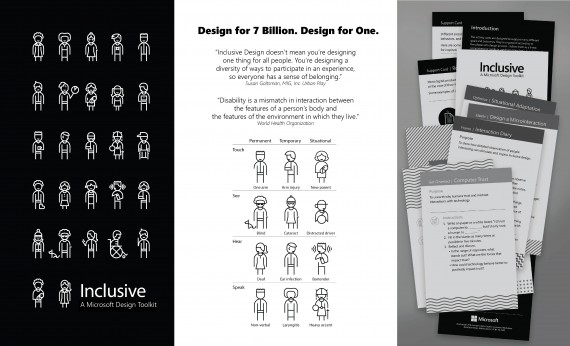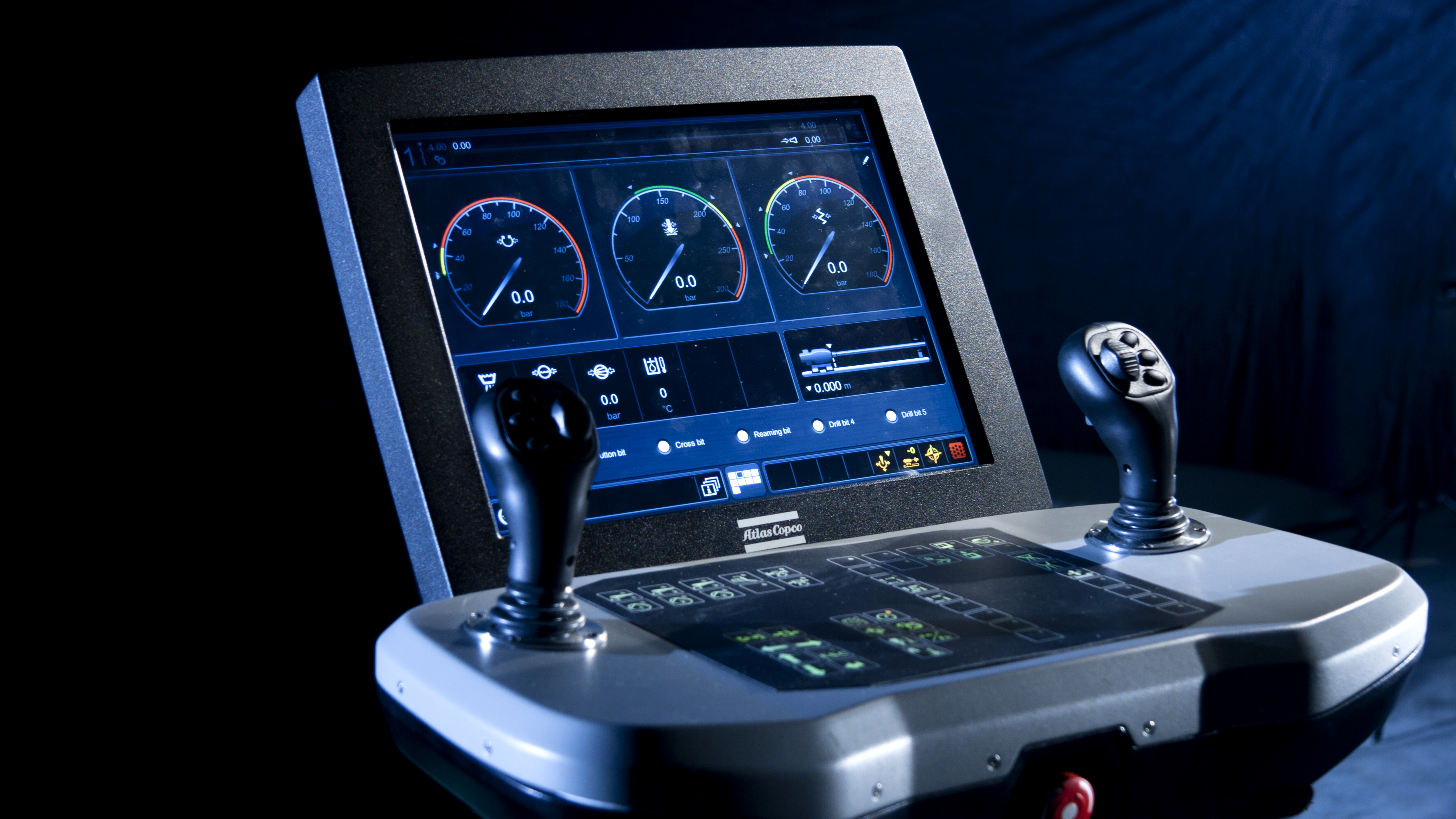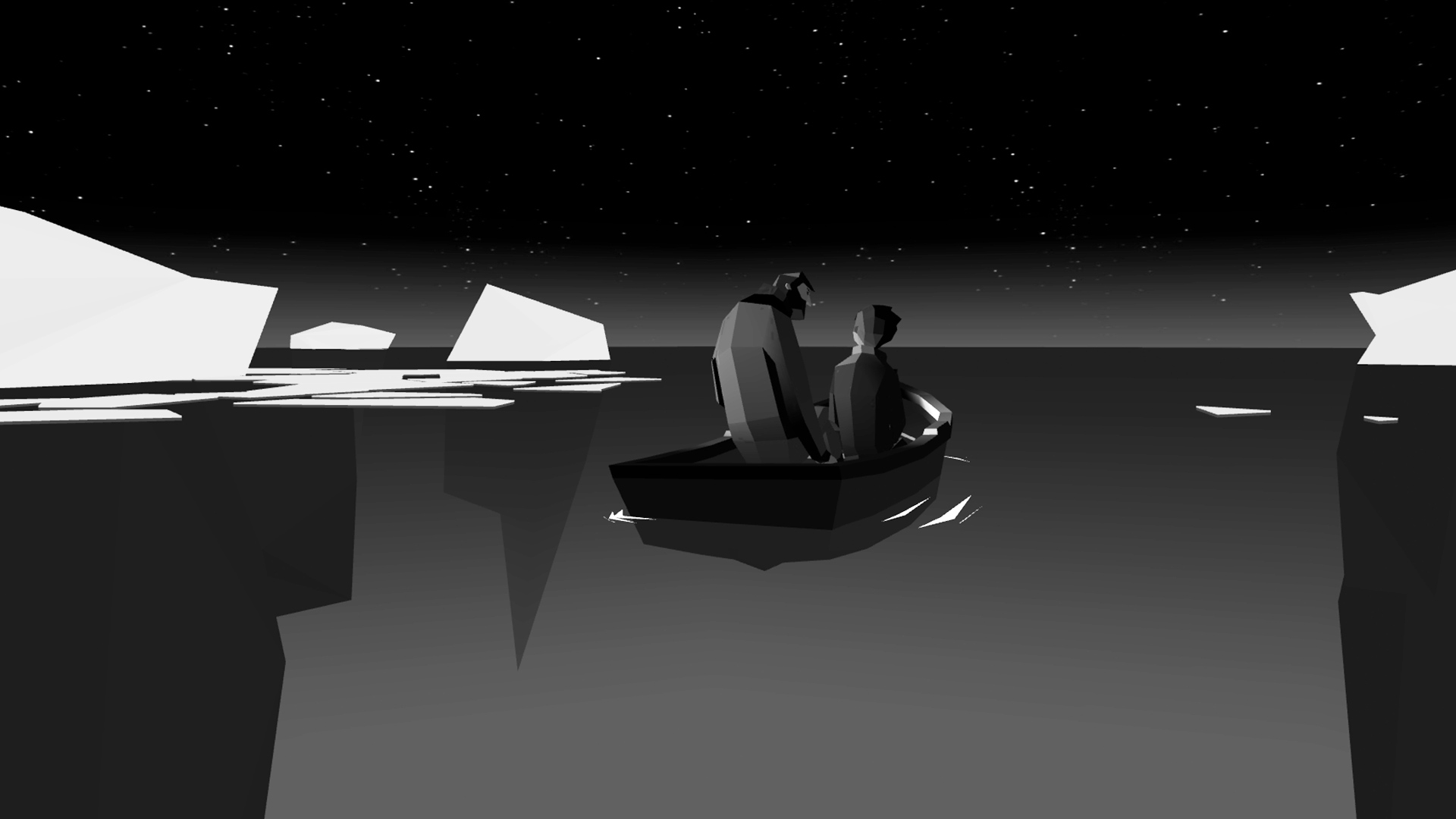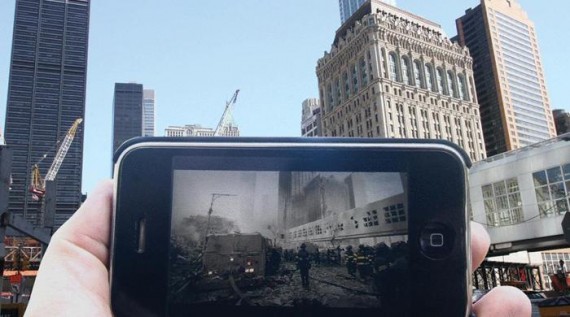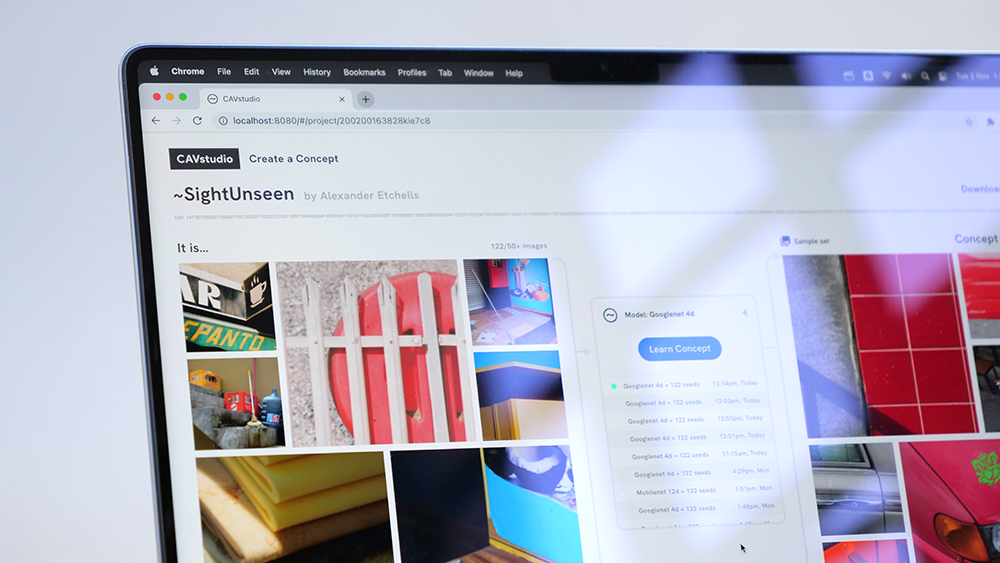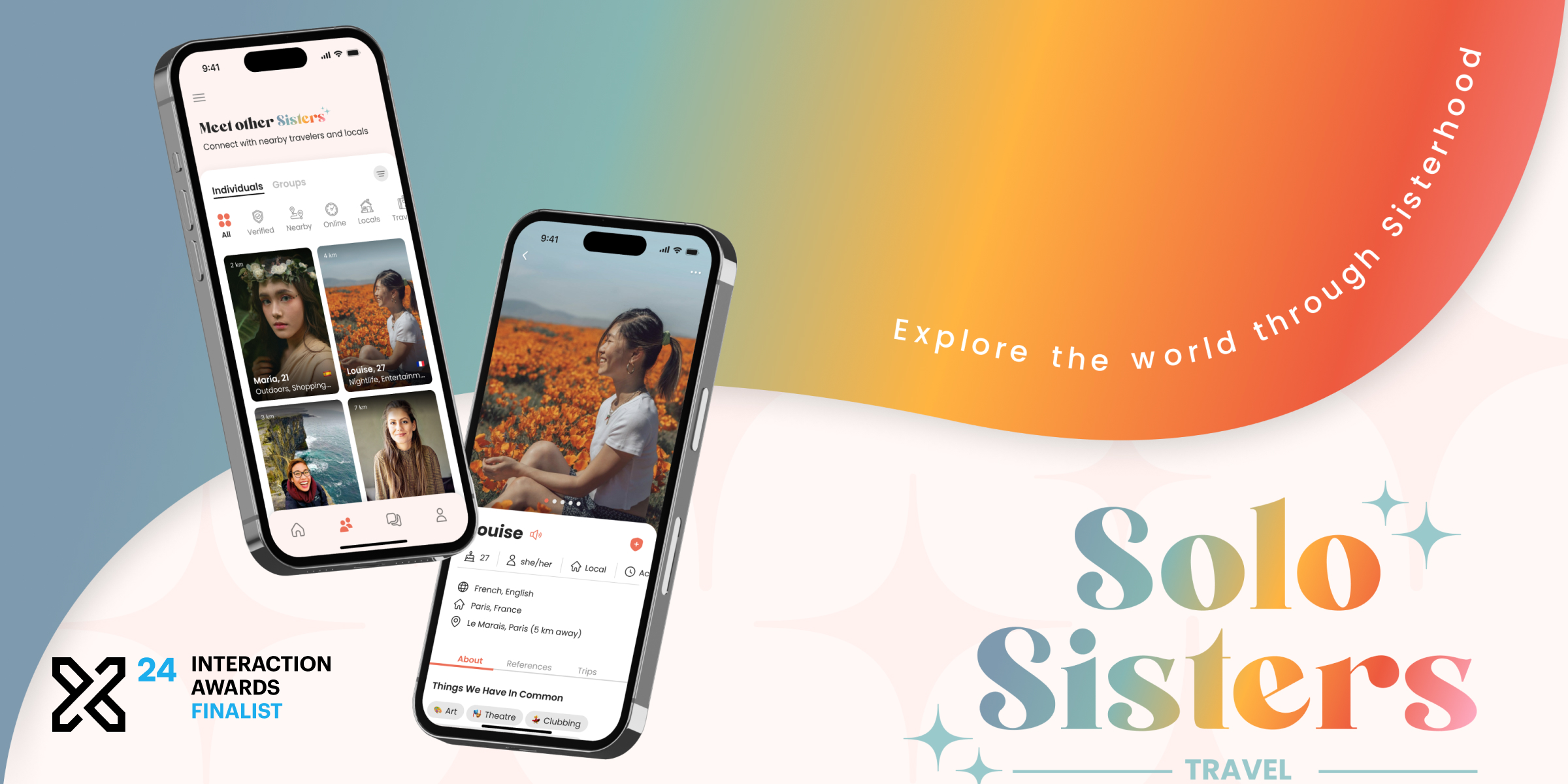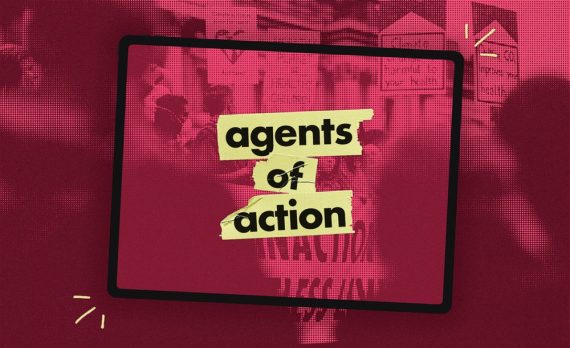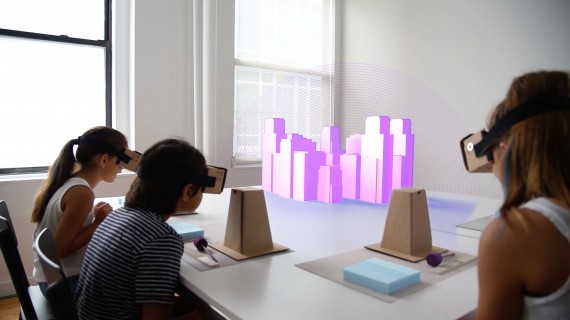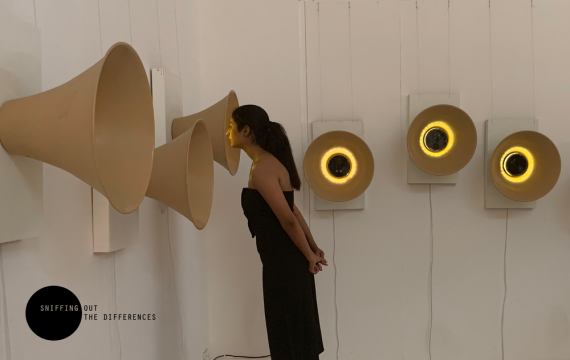Microsoft Inclusive Toolkit
Team
Company | Institution
Category
Type
Project description
One of the greatest shortcomings of human-centered design is its lack of guidance on how to include diversity as part of the design process. Which human, exactly, belongs in the center? Most designers end up using their own abilities and experience as a baseline for their designs. This problem is even more pronounced for the predominantly young and able-bodied designers that work in technology. The result is products that work well for people with similar abilities and resources, but end up largely excluding everyone else. This is especially true for roughly 1 billion people on the planet with disabilities.
One of the greatest shortcomings of human-centered design is its lack of guidance on how to include diversity as part of the design process. Which human, exactly, belongs in the center? Most designers end up using their own abilities and experience as a baseline for their designs. This problem is even more pronounced for the predominantly young and able-bodied designers that work in technology. The result is products that work well for people with similar abilities and resources, but end up largely excluding everyone else. This is especially true for roughly 1 billion people on the planet with disabilities.
Microsoft is leading what Fast Company called “a radical evolution of design thinking” with our work on Inclusive Design. This year we developed Inclusive: A Microsoft Design Toolkit, which is now used by companies and universities around the world. Our approach to design outlines clear and simple steps to making diversity and disability a source of innovation. Our toolkit consists of a manual, activities, and videos of subject matter experts. We published it under a creative commons license on our website so it could be referenced and downloaded freely by anyone in the world.
Manual and Activities: https://www.microsoft.com/design/practice#toolkit
Videos: aka.ms/inclusiveSME
Our teams have led workshops for nearly 4,000 people around the world, designing products based on three principles:
- Recognizing exclusion in our society. This starts with the World Health Organization’s updated definition of disability as a mismatch between the features of a person’s body and the features of the environment in which they live. Change the environment, not the body.
- Learning from human diversity by including people who are currently most excluded from an experience. Focus on their expertise and ingenuity of how they navigate the world.
- Solve for one person, extend to many through shared circumstances and limitations. If you design a product to work well for someone who has one arm, that design can also benefit a person who has an arm injury (temporary disability), or a new parent holding an infant (situational limitation).
One of the outcomes of our work is its profound ability to transform culture. At Microsoft it has helped seed hundreds of innovations by igniting a strong sense of responsibility and purpose within teams. It equips people with specific ways to deliver on the company’s new mission to “empower every person and every organization on the planet to achieve more”.
Our ambition is to make inclusive design a core practice for the interaction design industry and a method for connecting designers to the human diversity that exists in the world around them. There’s no such thing as an average human being. All humans are growing, changing, and adapting to the world around them every day. With Inclusive Design, we can create experiences that embrace and reflect that diversity.
One of the greatest shortcomings of human-centered design is its lack of guidance on how to include diversity as part of the design process. Which human, exactly, belongs in the center? Most designers end up using their own abilities and experience as a baseline for their designs. This problem is even more pronounced for the predominantly young and able-bodied designers that work in technology. The result is products that work well for people with similar abilities and resources, but end up largely excluding everyone else. This is especially true for roughly 1 billion people on the planet with disabilities.
Microsoft is leading what Fast Company called “a radical evolution of design thinking” with our work on Inclusive Design. This year we developed Inclusive: A Microsoft Design Toolkit, which is now used by companies and universities around the world. Our approach to design outlines clear and simple steps to making diversity and disability a source of innovation. Our toolkit consists of a manual, activities, and videos of subject matter experts. We published it under a creative commons license on our website so it could be referenced and downloaded freely by anyone in the world.
Manual and Activities: https://www.microsoft.com/design/practice#toolkit
Videos: aka.ms/inclusiveSME
Our teams have led workshops for nearly 4,000 people around the world, designing products based on three principles:
- Recognizing exclusion in our society. This starts with the World Health Organization’s updated definition of disability as a mismatch between the features of a person’s body and the features of the environment in which they live. Change the environment, not the body.
- Learning from human diversity by including people who are currently most excluded from an experience. Focus on their expertise and ingenuity of how they navigate the world.
- Solve for one person, extend to many through shared circumstances and limitations. If you design a product to work well for someone who has one arm, that design can also benefit a person who has an arm injury (temporary disability), or a new parent holding an infant (situational limitation).
One of the outcomes of our work is its profound ability to transform culture. At Microsoft it has helped seed hundreds of innovations by igniting a strong sense of responsibility and purpose within teams. It equips people with specific ways to deliver on the company’s new mission to “empower every person and every organization on the planet to achieve more”.
Our ambition is to make inclusive design a core practice for the interaction design industry and a method for connecting designers to the human diversity that exists in the world around them. There’s no such thing as an average human being. All humans are growing, changing, and adapting to the world around them every day. With Inclusive Design, we can create experiences that embrace and reflect that diversity.

